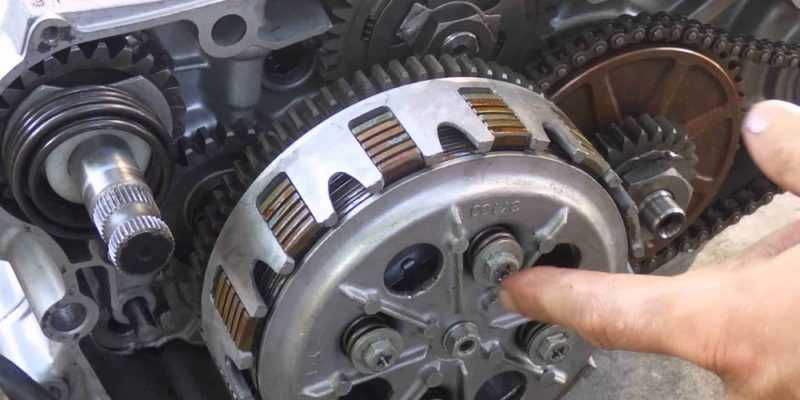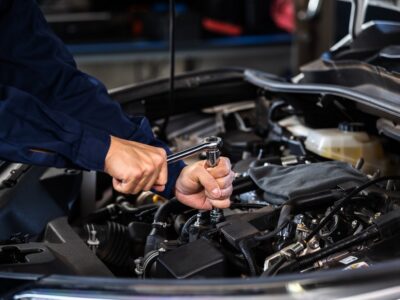Nothing says traditional automobile craftsmanship like the manual transmission. While automatics are the car of choice these days getting to know the intricacy of a stick shift is like appreciating fine wine.
There is plenty to appreciate since several vehicles use different kinds of clutch systems.
When you understand the clutch and how it works, you’ll feel more compelled to shop around for a brand new manual transmission vehicle to call your own. But what sets these clutch systems apart?
Below are a few of the different types of clutches you should know about.
1. The Single-Plate Clutch
As the name suggests, this particular clutch system features a single plate that creates the process. This plate is spring-loaded to create pressure.
Once engaged, it activates the shaft and creates the momentum needed to switch gears.
2. The Positive Clutch
With a positive clutch, interlocking collars create the friction needed to engage the gears. This type of clutch is unique because it does not require a slip drive.
It consists of a series of little teeth that intertwine. The positive clutch is used both in vehicles and marine vessels of all types.
3. The Centrifugal Clutch
With the centrifugal clutch, you’re counting on centrifugal force for the part to engage. This part connects directly to your vehicle’s crankshaft. It also consists of several springs that work to activate the clutch shoe.
This clutch is useful in several different uses and speeds.
4. The Multi-Plate Clutch
Rather than a single plate, this clutch uses two or more plates to increase the torque output. It usually consists of several parts, including the clutch plate, pressure plate, thrust springs, flywheel, and diaphragm spring.
People turn to this type of clutch when they’d like additional friction surfaces. The torque that it creates is useful in heavy-duty vehicles and high-performance automobiles.
5. The Cone Clutch
This cylindrical clutch system puts two rapidly spinning discs to use to create additional torque. You will typically see this sort of clutch in high-performance cars and vehicles that are powerful, explosive, and durable.
For example, the cone clutch is useful in race cars, sports cars, off-road vehicles, all-terrain vehicles (ATVs), and others. You will also see the cone clutch in a variety of speedy marine vessels.
These clutches change gears quickly and rotate either way on its axis.
Learn How to Drive Stick
The best way to learn more about these clutches is through hands-on experience. Hit a dealership or driving track and ask them what kinds of clutch systems the vehicles have.
Get to know these clutches in great detail and get plenty of practice. That way, when you finally buy your dream Lamborghini you’ll be prepared to drive it!
Study Up on the Different Types of Clutches
When you study the different types of clutches above, you’ll come away with a greater appreciation of the craftsmanship and engineering that goes into manufacturing an automobile.
Familiarize yourself with these parts and you’ll become a more well-rounded vehicle enthusiast.
Make us your resource when you want to learn more about cars of all types.








Comments